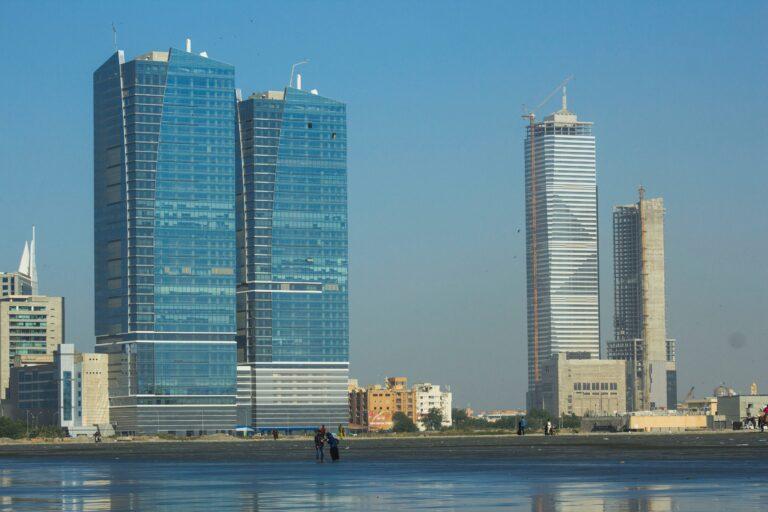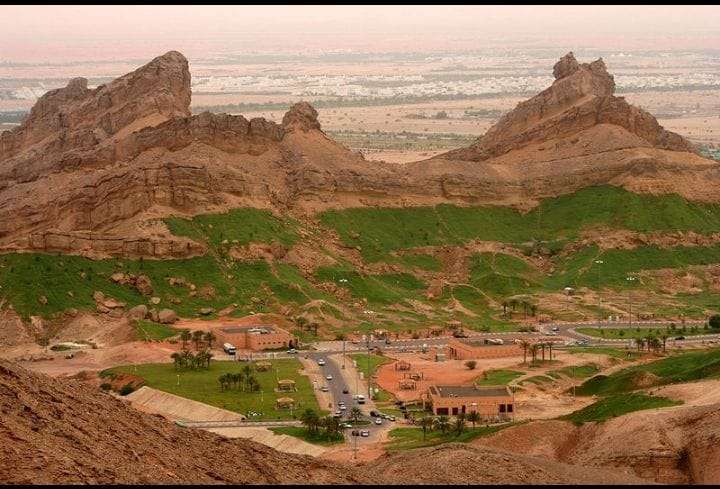Greece, with its rich history, stunning landscapes, and vibrant culture, boasts a collection of cities that each tells a unique story. From ancient ruins to bustling modern life, the cities of Greece offer a diverse tapestry of experiences for travelers. In this article, we will delve into some of the most captivating cities in greece that make Greece a destination like no other.
Contents
- 1 Athens:
- 2 Thessaloniki:
- 3 Heraklion:
- 4 Rhodes Town:
- 5 Nafplio:
- 6 Patras:
- 7 Volos:
- 8 Ioannina:
- 9 Kalamata:
- 10 Chania:
- 11 Larissa:
- 12 Serres:
- 13 Komotini:
- 14 Kavala:
- 15 Rethymno:
- 16 Corfu Town:
- 17 Lamia:
- 18 Preveza:
- 19 Katerini:
- 20 Pyrgos:
- 21 Mykonos:
- 22 Crete (Oia village):
- 23 Folegandros:
- 24 Sifnos (Kastro):
- 25 Paros (Naoussa):
- 26 Milos (Plaka):
Athens:
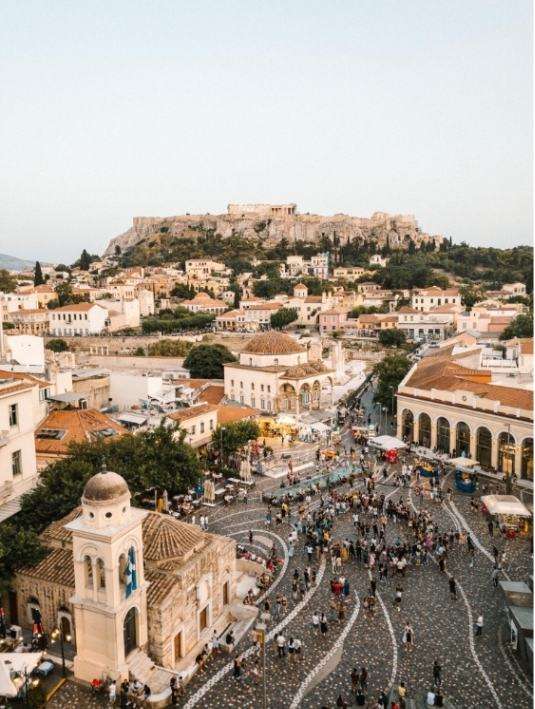
No exploration of Greece is complete without a visit to its capital, Athens. A city with a history that spans over 3,400 years, Athens is the birthplace of democracy and the cradle of Western civilization. The iconic Acropolis, crowned by the Parthenon, stands as a testament to the city’s ancient glory. While exploring the historical sites, visitors can also indulge in the vibrant street life, savor traditional Greek cuisine, and immerse themselves in the lively atmosphere of Plaka, Athens’ charming old neighborhood.
Thessaloniki:
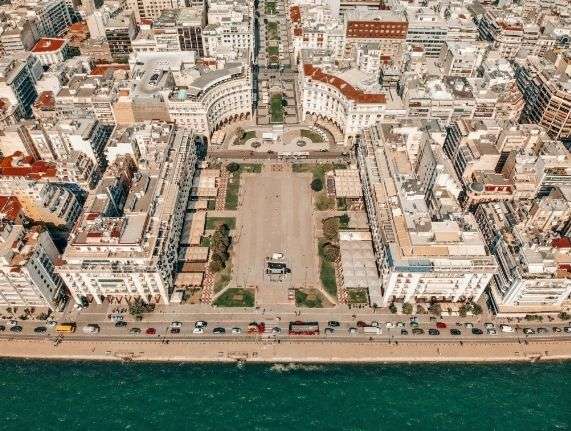
Located in northern Greece, Thessaloniki is the second-largest city in the country and a melting pot of different cultures. With its Byzantine walls, Ottoman architecture, and vibrant waterfront, Thessaloniki offers a unique blend of history and modernity. The city’s White Tower stands as a symbol of its rich past, and the bustling Modiano and Kapani markets showcase the local way of life. Thessaloniki is also known for its vibrant nightlife, making it a perfect destination for those seeking a lively atmosphere.
Heraklion:
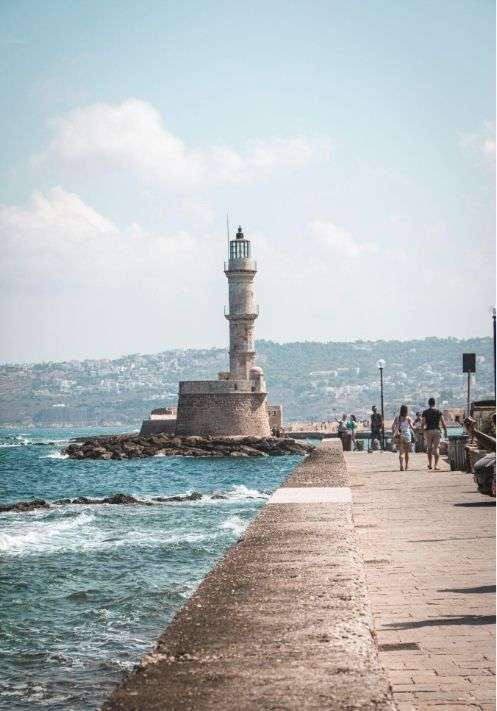
On the island of Crete, Heraklion is a city that seamlessly intertwines ancient history with a lively contemporary spirit. The Archaeological Museum of Heraklion houses an extensive collection of Minoan artifacts, providing insight into the island’s ancient civilization. The city is also a gateway to the legendary Palace of Knossos, a major archaeological site. Visitors can wander through the narrow streets of the old town, explore the Venetian fortress, and enjoy the warm hospitality of the locals.
Rhodes Town:
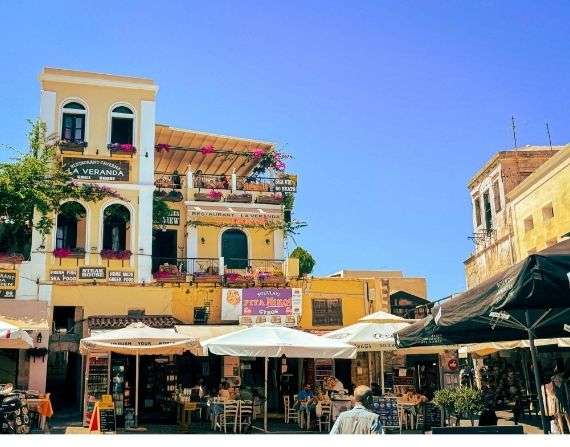
Rhodes, one of the largest Greek islands, is home to the captivating Rhodes Town. Enclosed within medieval walls, the Old Town is a UNESCO World Heritage site, where visitors can stroll through cobblestone streets and discover medieval architecture, including the Palace of the Grand Master. The Avenue of the Knights, a well-preserved medieval street, adds to the city’s charm. Beyond history, Rhodes Town offers beautiful beaches, vibrant markets, and a thriving nightlife.
Nafplio:
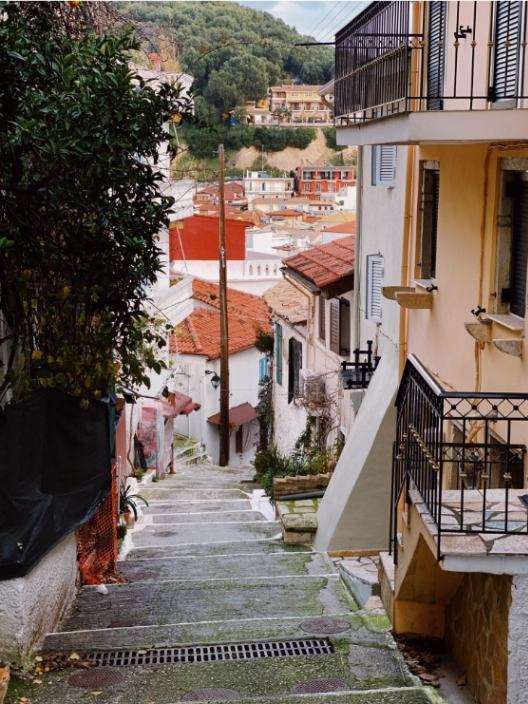
Nafplio, often considered one of the most romantic cities in Greece, is situated on the Peloponnese peninsula. The city boasts neoclassical architecture, Venetian influences, and a picturesque harbor. Palamidi Fortress, perched on a hill overlooking the town, provides panoramic views of the Argolic Gulf. Visitors can explore the narrow streets of the old town, relax in charming cafes, and enjoy the laid-back atmosphere
Patras:
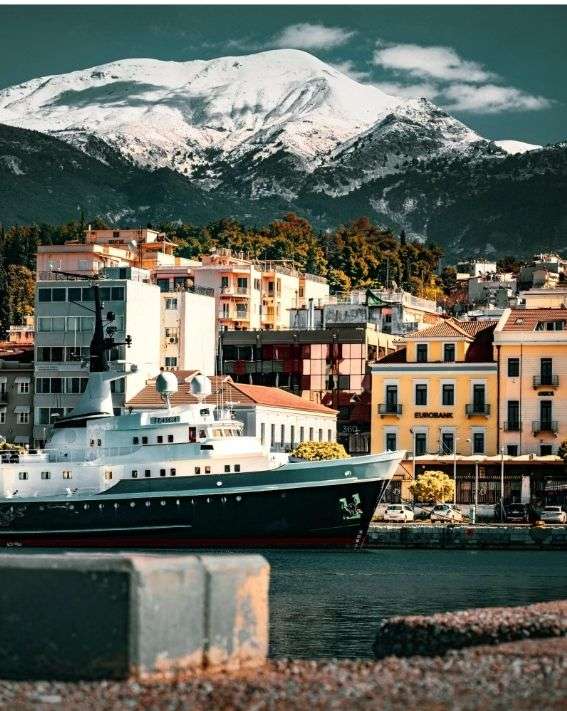
Located on the northern coast of the Peloponnese, Patras is Greece’s third-largest city and a major hub of trade and culture. The city is known for its lively Carnival, considered one of the largest in Europe. Patras boasts a mix of architectural styles, from neoclassical buildings to Ottoman-era structures. The Rio-Antirrio Bridge, connecting Patras to the Peloponnese, is an engineering marvel and provides stunning views of the Gulf of Corinth.
Volos:
Nestled at the foot of Mount Pelion and overlooking the Pagasetic Gulf, Volos is a charming coastal city known for its vibrant waterfront, seaside promenade, and lively atmosphere. The city serves as a gateway to the mythical land of the Centaurs, and visitors can explore the traditional mountain villages of Pelion, each with its own unique character. Volos also offers a delightful culinary scene, showcasing fresh seafood and local delicacies.
Ioannina:
Located in the mountainous region of Epirus, Ioannina is a city with a rich history and a picturesque setting on the shores of Lake Pamvotida. The city’s castle, perched on a small island in the lake, houses museums and offers panoramic views. Ioannina’s old town is characterized by narrow cobblestone streets and Ottoman architecture, providing a glimpse into its multicultural past. The city is known for its vibrant arts scene and traditional silversmith craftsmanship.
Kalamata:
Famous for its olives and the renowned Kalamata variety, this coastal city in the southern Peloponnese is a paradise for food enthusiasts. Kalamata boasts a scenic waterfront, historic sites like the Castle of Kalamata, and beautiful beaches. The city is surrounded by olive groves and vineyards, and visitors can explore the Messinian countryside for a taste of authentic Greek rural life.
Chania:
Located on the island of Crete, Chania is a gem with a rich history and a stunning Venetian harbor. The old town features a labyrinth of narrow streets, leading to the iconic lighthouse at the entrance of the harbor. The Venetian and Ottoman influences are evident in the architecture, creating a unique and charming atmosphere. Chania also serves as a gateway to the Samaria Gorge, a natural wonder and popular hiking destination.
Larissa:
As the capital of the Thessaly region, Larissa is a dynamic city with a history dating back to ancient times. Nestled between the mountains of Olympus and Kissavos, Larissa is known for its archaeological sites, including the ancient theater of Larisa and the ruins of the Larisa Fortress. The city’s vibrant cultural scene, lively markets, and proximity to the Meteora monasteries make it an intriguing destination.
Serres:
Situated in northern Greece, Serres is a city surrounded by lush greenery and is known for its rich agricultural production. The Byzantine fortress of Serres overlooks the city, providing a glimpse into its historical past. Serres is also famous for its thermal springs, making it a popular destination for wellness and relaxation. The city’s vibrant nightlife and festivals add to its charm.
Komotini:
Located in northeastern Greece, Komotini is a city with a diverse cultural heritage, influenced by its Thracian, Ottoman, and Byzantine history. The city’s architectural blend reflects its multicultural past, and visitors can explore historical sites such as the Imaret Mosque and the Archaeological Museum of Komotini. The nearby Rhodope Mountains offer opportunities for outdoor activities and exploration.
Kavala:
Perched on the hills overlooking the Aegean Sea, Kavala is a picturesque city with a rich history that dates back to ancient times. The Byzantine fortress, known as the Kavala Castle, dominates the cityscape and offers panoramic views. Kavala’s old town features charming alleys, neoclassical buildings, and vibrant markets. The city’s coastal promenade and nearby archaeological sites make it a delightful destination.
Rethymno:
Another gem on the island of Crete, Rethymno is a city that seamlessly blends Venetian, Ottoman, and Greek influences. The Old Town, with its well-preserved medieval architecture, narrow streets, and colorful buildings, creates a charming and romantic atmosphere. The Venetian fortress overlooking the city and the Rimondi Fountain are among the notable historical landmarks. Rethymno also boasts beautiful beaches and a lively waterfront.
Corfu Town:
The capital of the Ionian island of Corfu, Corfu Town, or Kerkyra, is a UNESCO World Heritage site known for its Venetian, French, and British architectural influences. The Old Town, with its narrow alleys and vibrant squares, showcases a unique blend of cultures. The Liston Promenade, the Old and New Fortresses, and the Spianada Square are among the city’s must-visit attractions. Corfu Town is also famous for its lush greenery and beautiful beaches.
Lamia:
Located in central Greece, Lamia is a city surrounded by mountains and steeped in mythology. It is often associated with the tragic love story of Hero and Leander. The city’s historical sites include the Lamia Castle, built during the Byzantine era, and the Alamanas Bridge, an Ottoman-era stone bridge. Lamia serves as a gateway to the nearby Thermopylae, known for the historic Battle of Thermopylae.
Preveza:
Situated on the northwestern coast of Greece, Preveza is a charming coastal town with a rich history. The city’s Venetian Castle, located at the entrance of the Ambracian Gulf, provides panoramic views of the surroundings. Preveza’s Old Town features neoclassical buildings, narrow streets, and seaside promenades. The nearby ancient Nikopolis, founded by Emperor Augustus, is an archaeological treasure.
Katerini:
Nestled at the foothills of Mount Olympus, Katerini is a vibrant city known for its proximity to some of Greece’s most stunning natural landscapes. Visitors can explore the archaeological site of Dion, dedicated to the ancient gods, and enjoy the picturesque scenery of the Enipeas Gorge. Katerini is also a gateway to the Pieria Mountains and the Olympic Riviera, offering opportunities for outdoor activities.
Pyrgos:
Located in the western part of the Peloponnese, Pyrgos is a city with a mix of traditional and modern elements. The city is surrounded by olive groves and vineyards, and the local cuisine reflects the region’s agricultural abundance. Pyrgos is a great starting point for exploring the ancient site of Olympia, where the Olympic Games originated. The Archaeological Museum of Ancient Olympia showcases artifacts from this historic site.
Mykonos:
Often referred to as the “Island of the Winds,” Mykonos is famous for its white-washed buildings with blue accents, narrow winding streets, and vibrant nightlife. The iconic windmills overlooking Mykonos Town add to its enchanting atmosphere. Mykonos also offers beautiful beaches, upscale boutiques, and a lively arts scene.
Crete (Oia village):
While Crete is a large island with diverse landscapes, the village of Oia in Crete shares similarities with the famous Santorini village of the same name. Perched on a cliff, Oia in Crete offers breathtaking views of the Aegean Sea, charming white-washed buildings, and narrow pathways. It provides a more serene alternative to its Santorini counterpart.
Folegandros:
Folegandros is a small and less-crowded island, making it a tranquil retreat similar to Santorini. The main town, Chora, boasts stunning views of the sea, traditional Cycladic architecture, and a relaxed ambiance. Visitors can explore the medieval Kastro, enjoy pristine beaches, and experience the authentic charm of this lesser-known gem.
Sifnos (Kastro):
Sifnos is known for its traditional villages, and Kastro is a particularly picturesque spot. Similar to Santorini, Kastro features white-washed houses, narrow alleys, and panoramic views of the Aegean. The island is also celebrated for its culinary scene, offering a chance to savor authentic Greek flavors.
Paros (Naoussa):
Paros is famous for its charming villages, and Naoussa stands out with its Venetian port, white-washed buildings, and vibrant nightlife. While not as cliffside as Santorini, Naoussa’s seaside setting and picturesque streets make it an appealing destination for those seeking a mix of relaxation and entertainment.
Milos (Plaka):
Milos, known for its diverse landscapes and stunning beaches, has a charming capital called Plaka. With its narrow streets, traditional architecture, and panoramic views, Plaka offers a delightful experience reminiscent of the Cycladic charm found in Santorini. Milos is also famous for the iconic Venus de Milo statue.
Conclusion:
The cities of Greece are a testament to the country’s rich and diverse heritage. Whether you seek ancient history, vibrant culture, or picturesque landscapes, Greece’s cities offer an enchanting journey through time and tradition. From the bustling streets of Athens to the medieval charm of Rhodes Town, each city invites travelers to immerse themselves in the unique spirit of this extraordinary destination.
Frequently Asked Questions (FAQ) for Visiting Cities in Greece:
- Which is the best city to visit in Greece?
The “best” city depends on personal preferences. Athens is ideal for history and culture, Thessaloniki for vibrant urban life, and Santorini for a romantic island experience.
- What is the expense of visiting cities in Greece?
The cost varies. Athens and Thessaloniki may have higher prices due to being major cities, while smaller towns and islands can offer more budget-friendly options.
- Do I need a visa to visit cities in Greece?
Greece is a member of the Schengen Area. Citizens of EU countries and various visa-exempt nations can enter Greece without a visa for short stays.
- How is the weather in Greek cities?
Greece has a Mediterranean climate. Summers (June to August) are hot and dry, making it ideal for beach destinations. Spring (April to June) and fall (September to October) offer milder temperatures, while winters (November to March) are cooler.
- Where can I find affordable accommodation in Greek cities?
Affordable accommodation options can be found in smaller hotels, guesthouses, or Airbnb rentals. Prices may vary based on the city and the season. Consider booking in advance for better rates.
- Are there budget-friendly activities in Greek cities?
Yes, many cities offer free or low-cost activities. Exploring historic sites, wandering through local markets, and enjoying the natural beauty are often budget-friendly options.
- How is public transportation in Greek cities?
Public transportation is well-developed in major cities. Athens has an extensive metro system, while buses and taxis are widely available. Islands may rely on ferries or local buses. Renting a car is also a popular option.
- What is the recommended length of stay in Greek cities?
The ideal length of stay depends on the city and your interests. Athens may require 3-4 days for major attractions, while smaller islands can be explored in 2-3 days.
- Are credit cards widely accepted in Greek cities?
In major cities, credit cards are generally accepted in restaurants, hotels, and larger stores. However, it’s advisable to carry some cash, especially in more remote areas or when visiting smaller establishments.
- Can I travel to multiple cities in Greece in one trip?
Yes, Greece is well-connected, allowing travelers to explore multiple cities or islands in a single trip. Consider a well-planned itinerary to make the most of your visit.
I’m originally from Manchester (England) but I currently live in New York. I started this travel blog all the way back in 2009 to provide travel advice that wasn’t available in the guidebooks.
Since then I’ve traveled to over 60 countries, a lot of the time, solo. My site is filled with destination guides, things to do, epic itineraries and money-saving travel tips. I hope I can inspire you to see the world!





